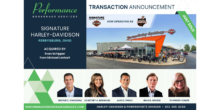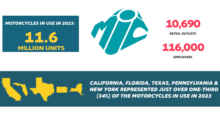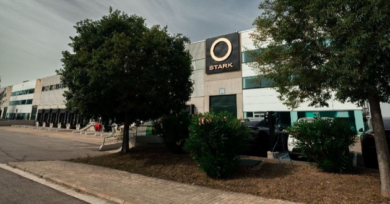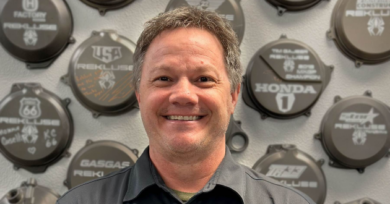Maximizing your income PRU
 The numbers are in for the first half of 2017, and it was indeed a soft market. Likely that is not news to anyone in the retail powersports market. Several OEMs have reported single digit declines, and the average wholesale price for on-road vehicles was down about 3-6 percent. However, the average wholesale price for off-road vehicles remained strong, showing a 4 percent increase. Depending on your product mix, you’re either cautiously concerned or hopefully optimistic about the second half of 2017.
The numbers are in for the first half of 2017, and it was indeed a soft market. Likely that is not news to anyone in the retail powersports market. Several OEMs have reported single digit declines, and the average wholesale price for on-road vehicles was down about 3-6 percent. However, the average wholesale price for off-road vehicles remained strong, showing a 4 percent increase. Depending on your product mix, you’re either cautiously concerned or hopefully optimistic about the second half of 2017.
Either way, the second half will find dealers focusing on maximizing every possible sale. And that translates to maximizing your profit per retail unit — PRU. There are many factors involved in calculating the PRU including overhead, OEM rebates and marketing charges, etc. But one clear way to increase PRU is through maximizing F&I and funding as many deals as possible. So let’s look at the deal after the customer says “I’ll take it!”
Where the real work begins
It’s likely that customers enter your dealership to purchase a bike — not a maintenance package or a vehicle service contract (VSC). Chances are, they don’t even know these products exist — or any of the other F&I products you have to offer. The concept of protecting their purchase has probably not crossed their mind. They are simply interested in getting on that shiny bike and hitting the road.
Your job is to give them the bigger picture. Whether you offer simply a VSC and GAP, or also tire protection and overall maintenance, give the customer a clear description of all the products available — and why they are important. Utilize a menu as a clear way to disclose product offerings. A good menu helps your team present the products effectively and compliantly — and helps product penetration.
There are four components to menu selling:
- Defined transition to F&I
- Obtaining signatures
- Risk discussion
- Benefit presentation
Transition takes the customer from “I’ll take it” to the dealer saying, “Let me help you purchase this bike.” By clearly outlining the steps involved in F&I, the customer will know what to expect and will be less likely to speed through the process.
The signatures step is the “checks and balances” part of the process. At this time, the dealership team member has the opportunity to verify that every document has been presented to the customer with appropriate signatures, file it accordingly and ensure that all necessary documents are complete.
While a risk discussion is never a comfortable topic, it is critical in the process. Review any manufacturer warranties that come with the motorcycle, while highlighting all the components that lack protection. If your dealership stocks pre-owned motorcycles that are outside the manufacturer’s warranty, highlight the fact that the bike comes with no protection to begin the risk discussion. This will help build value for the F&I product presentation.
Now you’re ready for the benefit presentation. Highlight the F&I products offered, tying them in to the risk discussion and any other information gathered from the customer during the sales process. Is this a first-time buyer or bike collector? Is the vehicle intended for recreational use or a primary means of transportation? Dialogue selling and active listening during the sales process will provide these details.
After reviewing each product, go back to the menu and begin closing the F&I discussion. A good menu helps your team present the products effectively and compliantly, enabling the dealership team to dot all the i’s and cross all the t’s. Confirm pricing verbally, including the base vehicle payment and rate using the product menu. Then, re-affirm that the consumer can take delivery at the agreed-upon base payment. Finally, use the menu to ensure the consumer knows the protection options available and the cost breakdown.
Training your team to use this methodical approach has the potential to significantly increase your F&I product penetration, maximize your PRU, streamline your operations and keep everything compliant. Take a look at your current product penetration rates to set your monthly and quarterly production goals for the next half of the year. Make sure your team is onboard with competitive pay plans and ongoing training. Keep good records and hold your team accountable for both successes and training opportunities.
Next month, I’ll discuss the second portion of increasing PRU – converting cash deals to finance.
Glenice Wilder is the vice president of Powersports for EFG Companies. A 33-year industry veteran, Glenice is responsible for growing and developing EFG’s action and powersports market channel. She combines her passion for motorcycles and her dedication to serving EFG’s customers to develop solutions that consistently exceed their expectations. Glenice acts as a strategic partner to assess her clients’ areas for improvement and how EFG can fill that role. She provides insight in how to increase productivity by pairing the right products within the right markets for the greatest return on investment.








